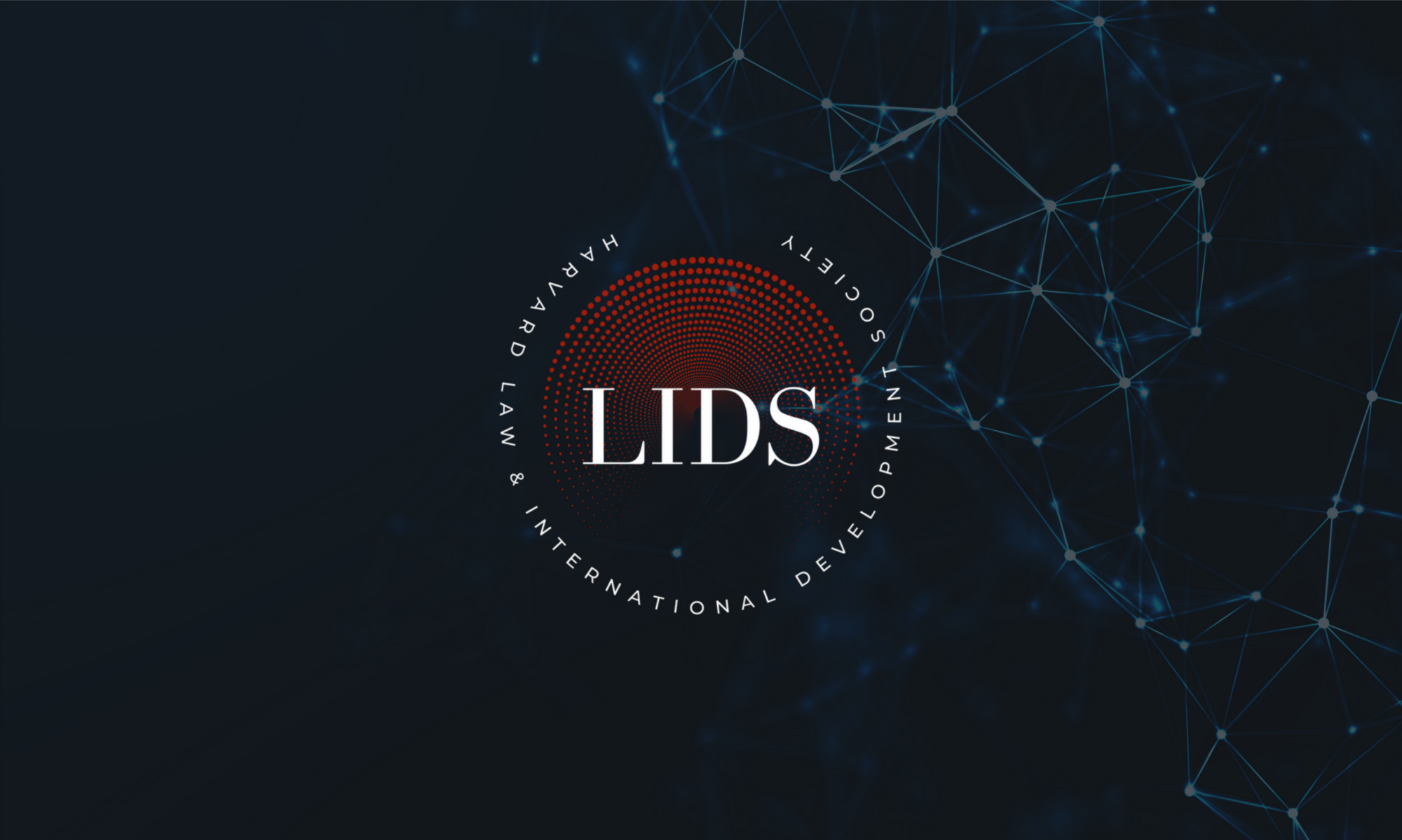In the U.S., approximately one in four women will experience domestic violence in her lifetime. The statistic is similar around the world, but the legal and institutional infrastructure to adequately prevent such violence and provide sufficient redress to victims is often completely absent in many developing countries.
In rural Sierra Leone, for instance, I witnessed a woman run to the nearest police station immediately after being beaten by her husband, and with a large open wound on her head. Despite the clear evidence of assault, the police took little action to investigate the crime. In part, this was because they lacked training, capacity and even the resources to attempt to locate the accused, who had fled by then to a nearby city. Because they lack the funding and resources (including an adequate salary), police sometimes ask complainants for bribes to continue the investigation or money for travel and equipment – which means that victims are essentially funding the police, rather than the government. Clearly, cost is a huge barrier for victims who come from poor families or rural regions who live on under $2 a day. Beyond this, the police continued to entertain patriarchal beliefs and norms about keeping families together despite abuse and violence.
These are just some of the barriers faced by women in accessing justice from law enforcement in many developing countries. In addition, there is often a tremendous cultural stigma that prevents women from pursuing prosecution or leaving an abusive spouse; women who are divorced, living alone, or who have chosen to leave a relationship are often looked down upon and there is substantial social pressure to stay and bear the pain. Further, poverty is an additional barrier. In many countries, women simply may not be able to support themselves and their children if they leave their husband due to low salaries and sometimes, the traditional role of the wife in caring for the children and home.
Because of the problems with formal law enforcement, victims often turn to informal (also known as customary or traditional systems) justice systems to resolve their ‘family disputes.’ These systems, such as the shalish in Bangladesh, employ methods of mediation or arbitration to resolve a range of community disputes, including those involving family law and often domestic violence. Often, village leaders, elders, or religious leaders preside over these local councils or informal mechanisms, or make the ultimate decisions. However, these mechanisms have been frequently criticized for their flouting of international human rights law and norms, and their incorporation of patriarchal customs. These systems do regularly lead to discriminatory outcomes, such as forcing a rape victim to marry her rapist, or forcing a victim of domestic violence to continue living with her abuser. They do often condone practices such as bride sales, dowry, or forced and child marriage. Frequently, decisions also favor the more wealthy or powerful individuals in a community.
Despite this, it is important for NGOs and the international community to engage with informal justice systems because they are frequently the most affordable, accessible, easy to use, and culturally familiar methods of dispute resolution used by victims. The judgments of village elders or community leaders are often respected and valued, and contribute to a sense of social cohesion in a community. Especially in rural areas or poor urban areas, informal justice systems may be the only source of dispute resolution or ‘legal aid’ for women and girls who are victims of violence. Thus, any programs aiming to increase women’s access to justice, or to reduce violence against women, must seriously engage with and consider informal justice systems.
Many programs work to improve informal systems by, for instance, involving women leaders in the decision-making process, providing g training and support for the mediators and community leaders, codifying informal legal norms to comply with human rights laws, or ensuring some type of accountability of informal justice systems to the formal justice system. At the same time, as an excellent IDLO report, “Accessing Justice: Models, Strategies, and Best Practices on Women’s Empowerment,” describes, various approaches “risk being unsuccessful if they fail to consider the underlying reasons for which local norms do not align with international human rights standards. Some argue that these approaches do not encourage a holistic understanding of the context in which discriminatory practices are embedded, and as a result, prevent the development of comprehensive solutions” (p. 21).
The IDLO report cites a prime example: the practice of forcing rape victims to marry their rapists is often grounded on not only patriarchal attitudes but also the reality that if this marriage does not occur, the victim is likely to be ostracized by the community and may lack the ability to support herself. Beyond simply outlawing such practices, consideration must be given to methods to address the underlying economic, social and cultural reasons for their continuation. Ultimately, organizations hoping to truly improve women’s access to justice and to reduce violence against women must take a more holistic perspective, considering all the diverse needs of women and girls subject to violence, rather than simply a piecemeal approach to reforming informal systems.

